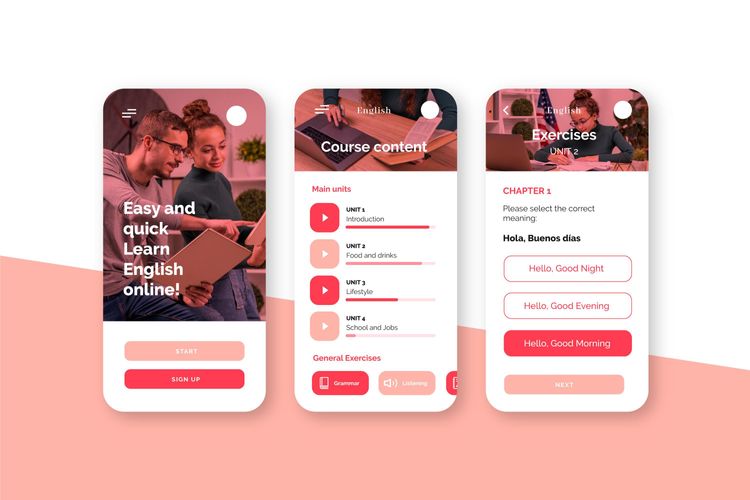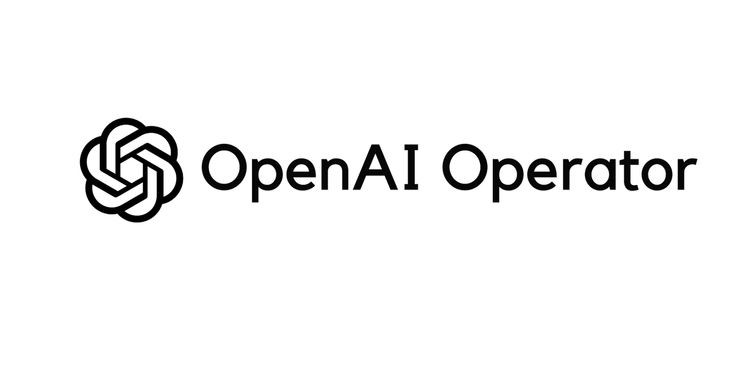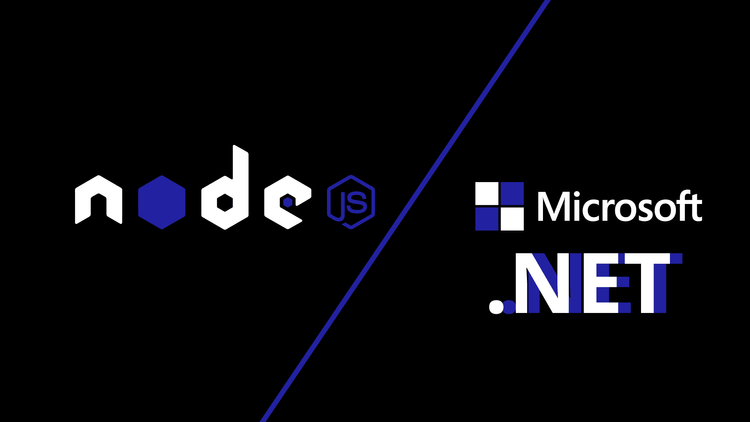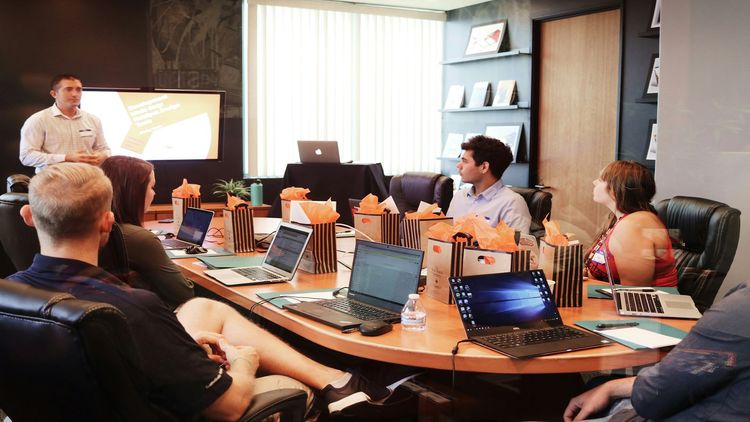The creation of websites is in constant evolution, driven by rapid technological advances and changing user expectations. As we move into 2025, it is crucial for businesses to not only focus on having an aesthetically pleasing online presence but also strive to optimize user experience. In a world where competition is fierce and decisions are made in a matter of seconds, understanding emerging trends becomes an essential strategic advantage. Below are several key innovations that companies should consider to remain relevant and competitive in this rapidly changing digital environment.
Integration of AI for a Personalized User Experience
The integration of artificial intelligence (AI) in the creation of websites is revolutionizing the way users interact with online platforms. By 2025, virtual assistants and advanced chatbots are expected to become standard tools on many websites. These are not just customer service tools; they are designed to personalize and enhance the user experience in real time.
AI can analyze behavioral data in real time, allowing for personalized recommendations based on users' previous preferences and behaviors. This means that when a visitor accesses the site, they may receive relevant content, suggested products, or even articles based on what they have previously viewed and purchased. For instance, if a user has been searching for sports shoes, the website will not only display sneakers but also complementary accessories and sportswear that may interest them. This personalization not only enhances the user experience but also increases conversion rates and average order value.
Moreover, the use of AI is not limited to chatbots. Applications using machine learning are also being developed to improve user interface, thereby optimizing the creation of websites process. This involves the capability to autonomously decide which designs or features work best for different user segments, allowing each visitor to have an experience tailored to their specific needs.
Ultra-Fast Design Optimized for Core Web Vitals
User experience goes hand in hand with loading speed, and this is something that Google has made clear in its updates. Core Web Vitals are crucial metrics that determine the quality of user experience on a website, evaluating aspects such as loading speed, interactivity, and visual stability. As we approach 2025, it will be imperative for companies to focus on keeping their sites optimized to meet these standards.
To achieve ultra-fast design in the creation of websites, multiple strategies must be implemented. Image optimization is one of the most effective. Using next-generation image formats, such as WebP, can significantly reduce image sizes without compromising quality. It is also advisable to implement Lazy Loading techniques, which will load images and other elements only when they are about to be visible, thereby improving initial loading times.
Additionally, using a content delivery network (CDN) can speed up loading times by caching content closer to the user. A CDN server can provide resources more quickly, reducing latency and improving the overall user experience. Implementing caching also plays an important role, ensuring that returning users to the site can access it more quickly and efficiently.
The impact of a well-optimized website is not only reflected in the user experience but also directly affects SEO. Google considers loading speed and Core Web Vitals in its ranking algorithm, meaning that better performance can result in improved positioning in search results.

Adaptability and User Preference: Dark Mode and More
With the growing popularity of dark mode, websites are adapting their designs to offer this option to their users. A website’s ability to automatically adapt to light or dark mode according to the visitor's preferences not only enhances the experience but has also become a desirable aspect of modern design. By 2025, this functionality is expected to be nearly standard across most website creation sites.
Site customization does not stop at dark mode. Users will expect their interactions to be tailored to their individual preferences in terms of layout, color, and arrangement. For example, some users may prefer content to be presented more compactly or certain color schemes to be used. A design that respects these preferences not only provides comfort but also invites visitors to spend more time on the site, exploring more content.
Security and Privacy: An Imperative in Web Design
As concerns about online privacy and security increase, it is more important than ever for companies to adopt a proactive approach to protecting user data. As we enter 2025, regulations such as the Digital Services Act in the EU will impose stricter standards on how data is collected and handled. This will mean that secure design practices in the creation of websites and transparent privacy policies will be critical elements in the development of any website.
Designers and developers must work together to implement security from the ground up. This includes using SSL certificates to encrypt data, as well as ensuring best practices are followed when handling user information. Moreover, providing a clear and accessible privacy policy will build trust between the user and the brand, which is vital for fostering a long-term relationship.
Companies should also consider implementing features that allow users to manage their privacy, such as settings to control what data is collected and how it is used. When users feel they have control over their personal information, they are more likely to engage positively with the brand.
Mobile-First and Clickless Navigation: The New Era of Usability
The mobile-first approach has become essential in the creation of websites due to the prevalence of mobile devices in internet traffic. About 80% of web traffic comes from smartphones and tablets, meaning designers must prioritize the user experience on these devices. By 2025, a mobile-first approach will not only be expected but will be a requirement to compete effectively in the digital marketplace.
Using responsive design is just the first part of this process. Additionally, clickless navigation will solidify as a key trend. This means that users can interact with site elements through gestures, swipes, and taps. For example, navigation menus can be simplified using clear iconography and large buttons that are easy to touch. This reduces the number of clicks required to access different sections of the site, enhancing the fluidity of the experience.
Voice assistants and voice search will also play an equally important role in the mobile experience. Users increasingly prefer to interact with their devices through voice commands, so optimizing content for this type of search is essential. This means that content must be clear, concise, and use natural language to be easily recognized by these systems.
Microinteractions and Augmented Reality: The Immersive Experience of the Future
In addition to the previous trends, microinteractions are playing an increasingly important role in the creation of websites. These small animations or visual changes that respond to user actions can provide valuable feedback. For example, when a user submits a form, a microinteraction can display a brief message confirming that their action was successful. This type of interaction is not only aesthetically pleasing but can also guide the user along their journey on the site, improving overall navigation.
Augmented reality (AR) and virtual reality (VR) are also gaining traction in the creation of websites. Companies are beginning to experiment with these technologies to offer more immersive experiences. For instance, furniture brands may allow customers to visualize how a specific piece of furniture would look in their home using AR. These interactive experiences not only increase user engagement but also provide a unique way to interact with the product before making a purchase.

MiTSoftware: Your Ally in Website Creation
When considering the creation of websites, having a reliable partner is fundamental. MiTSoftware is a company that offers web development and software services, helping businesses and independent professionals to create customized digital solutions. With over 25 years of experience in the market, MiTSoftware is dedicated to delivering results that not only meet customer expectations but also exceed industry standards. From planning to implementation, their professional team ensures that every project is designed to maximize user experience and achieve desired business goals.
Cybersecurity: Protection for the Digital Future
In addition to user experience and functionality, cybersecurity has become a critical aspect in the creation of websites. As more business operations are conducted online, cyber threats become more sophisticated. Companies must ensure that their websites are protected against attacks such as malware and security breaches that can compromise sensitive information. Implementing robust security measures as well as incident response protocols is essential to ensure user trust. MiTSoftware offers a wide range of cybersecurity services that help businesses protect their digital assets and maintain the integrity of their operations.
The creation of websites in 2025 will focus on creating personalized, fast, and secure experiences that adapt to user preferences. The integration of advanced technologies, such as artificial intelligence, and a commitment to privacy and security will be crucial elements for the success of businesses in the digital environment. Adopting a mobile-first approach, optimizing for Core Web Vitals, and offering personalization features will not only facilitate more positive interactions but also foster brand loyalty.
It is vital for companies to stay up to date with these trends and adapt to changing consumer expectations. A well-designed and optimized website can not only attract visitors but also convert them into loyal customers, which is fundamental for long-term growth. Collaborating with experts like MiTSoftware will enable companies to not just survive but thrive in the competitive digital landscape of 2025.

















































































